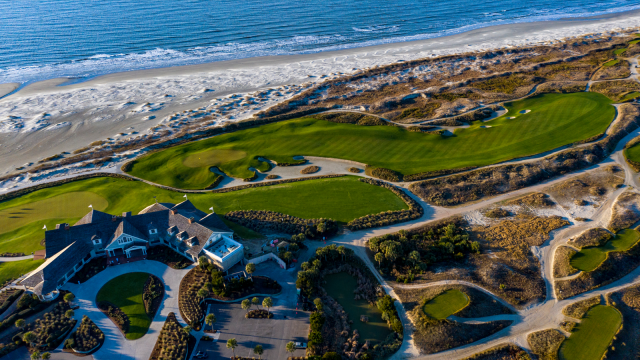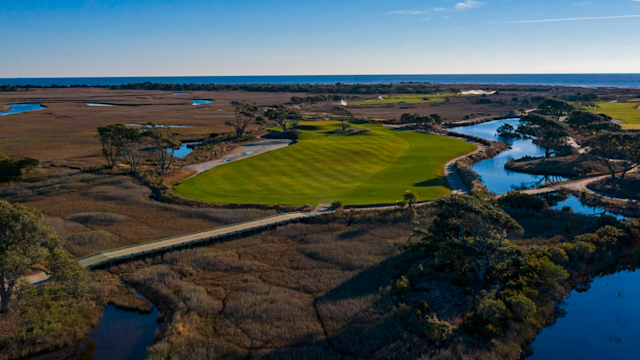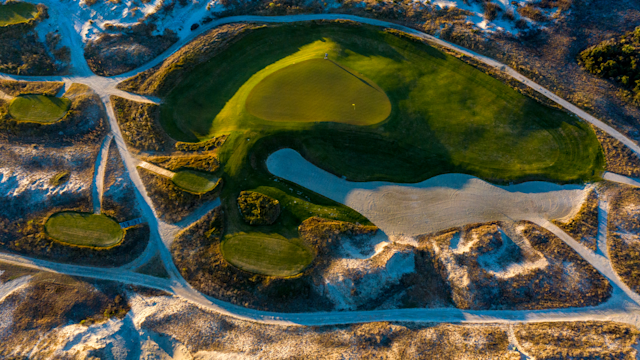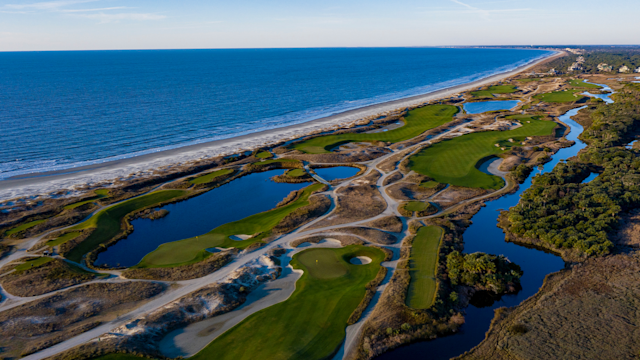Course Spotlight
The Ocean Course Overview: Dye’s Greens
By Andy Johnson, The Fried Egg
Published on
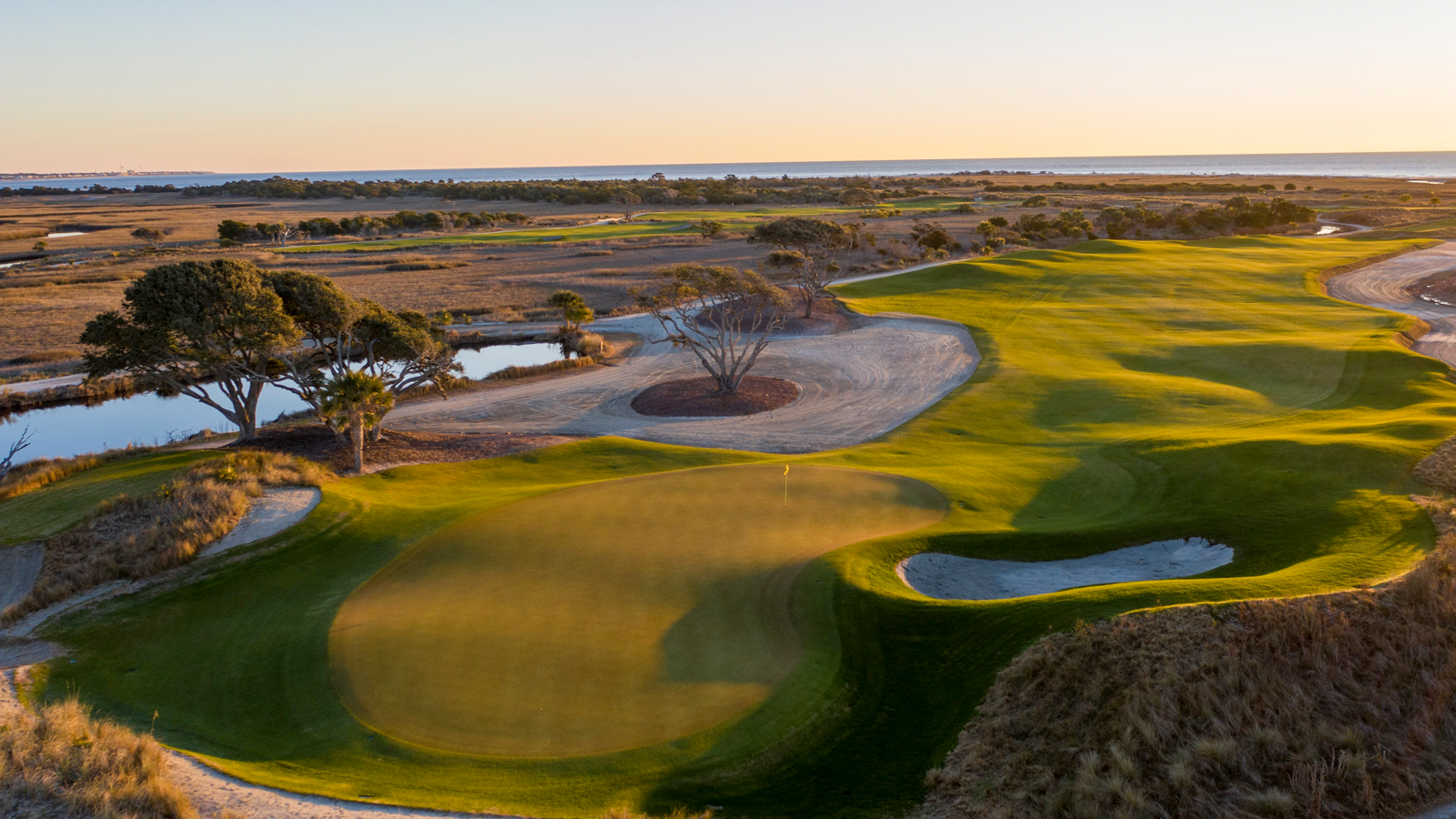
Editor's Note: This is part five of a five-part series that overviews The Ocean Course in advance of the 2021 PGA Championship. Andy Johnson is the Founder of The Fried Egg, a website and podcast that covers golf course architecture and professional golf.
More than any designer of his era, Pete Dye made courses that stood the test of time. Even today, his designs remain compelling and challenging for players of all skill levels. How did Dye accomplish this feat? A lot of the credit has to go to the way he built his greens.
One simple trick Dye often used was making sure a green had at least one small section and one large section. On a random weekend day, with the tee sheet full of resort guests, the crew can put the pin in the large section, which is easier to hit and negotiate. But when the world's best players come to town, the pin can go in the small section, demanding precise approaches—or equally precise lag putts.
Many of the greens at the Ocean Course at Kiawah Island, host of the upcoming PGA Championship, have this kind of double character. Depending on hole location, they can be either surprisingly receptive or brutally unreceptive.
The Ocean Course’s greens further challenge elite golfers with their severe slopes. The fact that these slopes still exist is lucky. As agronomy has advanced, green speeds have quickened, requiring many courses to make their greens flatter. But when the Kiawah Island Golf Resort switched from Bermudagrass to a slower breed of Paspalum years ago, one positive side effect was that there would be no need to soften Dye's original green contours.
Yes, the Ocean Course’s putting surfaces will be humming for the PGA Championship, but not as much as they would be if they consisted of Bermuda. This means that the PGA’s Chief Championships Officer Kerry Haigh will have a wide variety of potential hole locations, and that viewers will get to see Dye's green designs in their original, eccentric form.
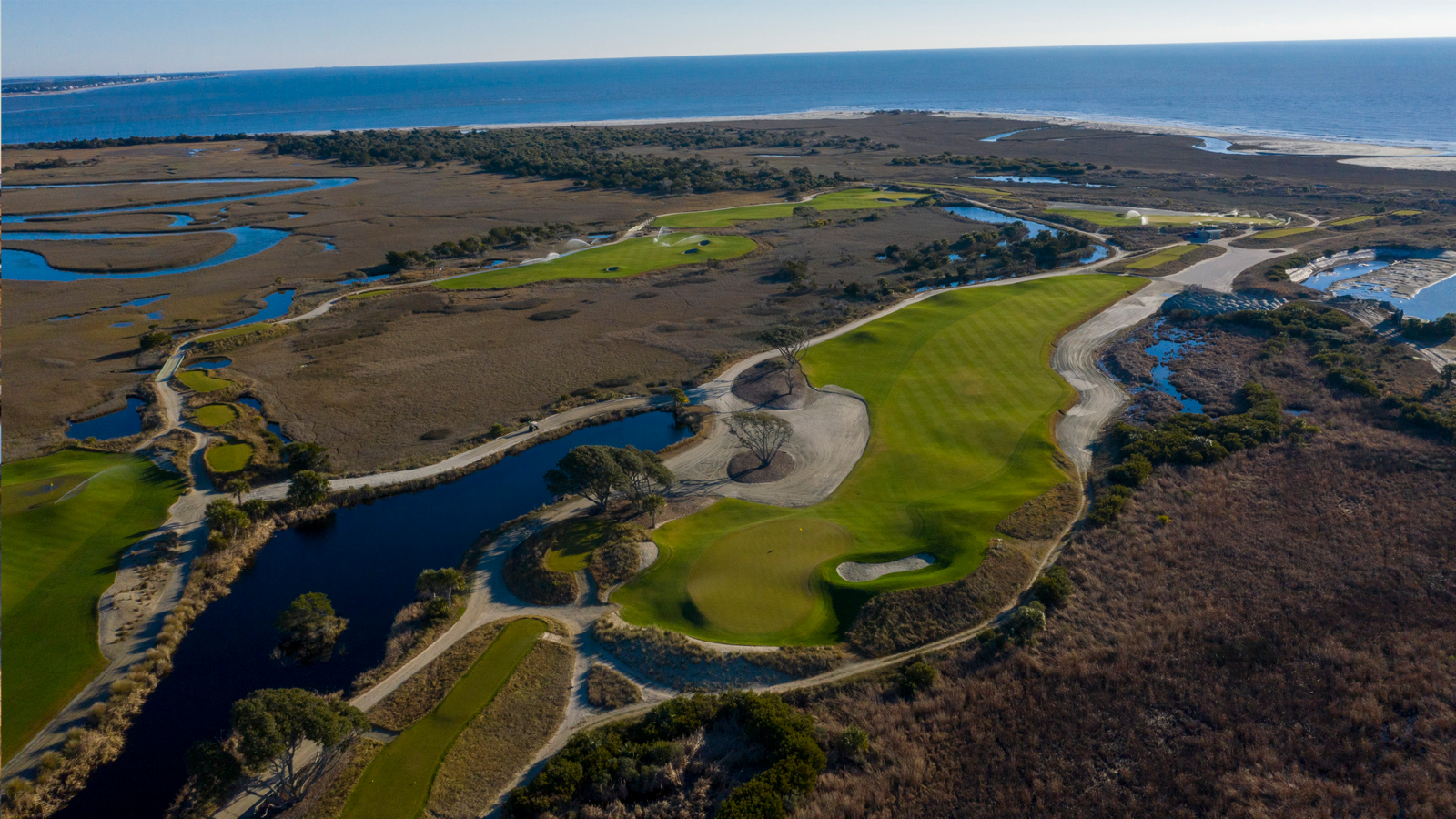
Andy Johnson / The Fried Egg
One of the best-designed greens at the Ocean Course belongs to the long par-4 6th hole. It exemplifies the contouring, day-to-day variety, and playability that are the hallmarks of Dye’s greens.
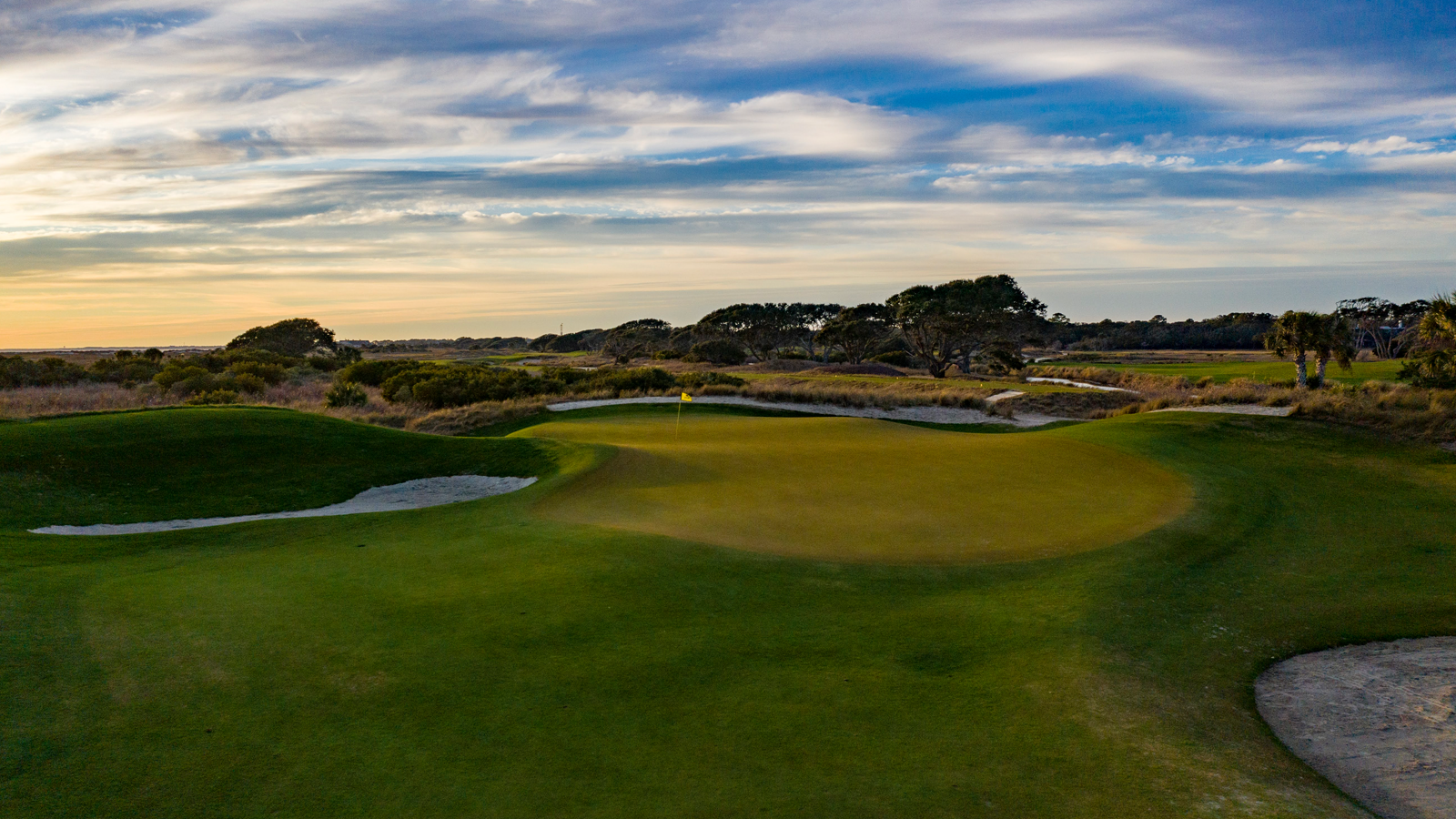
Andy Johnson / The Fried Egg
The front of the green is docile and accessible to all types of players. This section is receptive not only to an aerial approach from a high-level golfer but also to a running shot from a less powerful, lower-trajectory player.
The back-left portion of the green, however, is a different story. It is separated from the front by a sudden ridge that flows off of the bunker on the left. Beyond that ridge are several features: a little bowl; an additional, smaller ridge; and a slope that falls away in the back. Each of these mini-sections is potentially pinnable, and getting an approach to come to rest on any of them is a tall task, even for the best players in the world. This will be especially true in this year’s championship, where a new tee will allow the 6th hole to stretch to 490 yards.
It’s important to note that, for resort guests, the back-left section of the 6th green is not unduly cruel. While they might not hit approaches to those pins stiff, there are side slopes that can funnel chips or long putts toward the desired target.
This is part of why Pete Dye's designs have endured: they are challenging for everyone, but they’re never quite unattainable.
